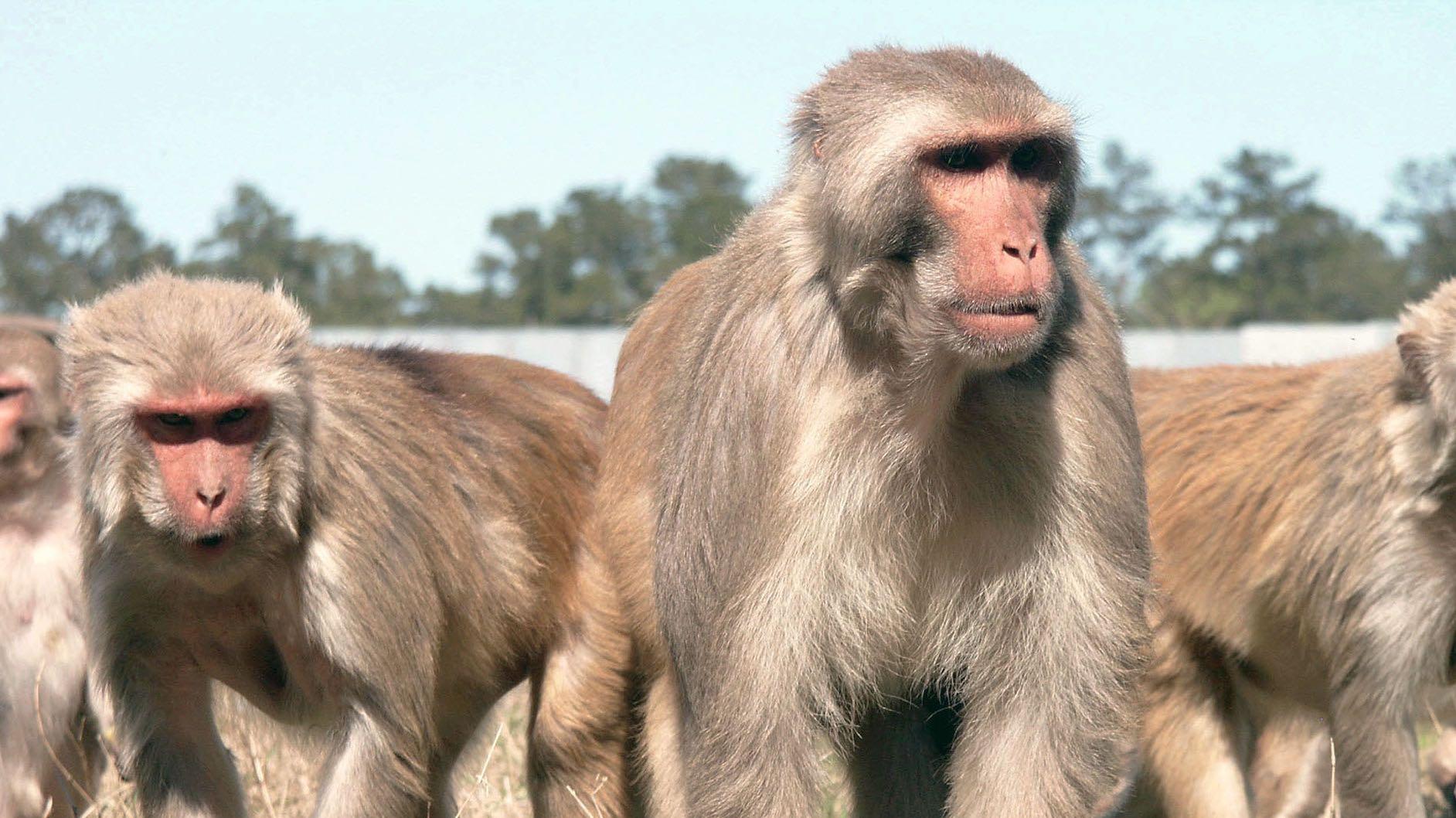A quiet, tree-lined country road in Covington, Louisiana, seems like an unlikely front line in the global fight against the novel coronavirus.
It leads to the 500-acre wooded campus is the Tulane National Primate Research Center, where a sample of the virus, which had been sitting inside a secure freezer since late February, was recently used to infect four monkeys. Eventually, the animals will be tested with potential vaccines — and that research could be helpful to humans.
Related: International doctors can help the US fight COVID-19. But can they get here?
The Tulane National Primate Research Center is one of seven such centers built in the US in the 1960s to conduct biomedical research. Within this network, Tulane is the only one that also has a regional biocontainment laboratory.
The US built 14 regional biocontainment laboratories in the aftermath of the 9/11 terrorist attacks as part of the nation’s biodefense system. The laboratory gives Tulane the nation’s largest capacity for animal studies at this level of biocontainment.
Related: Monopoly on COVID-19 treatment would be ‘dangerously stupid,’ MSF doctor says
“There are very few places in the world that have the capabilities that we have,” said Jay Rappaport, director of Tulane’s National Primate Research Center. “Everything that you can imagine that you would need to address this epidemic is really here.”
To enter Tulane’s Regional Biocontainment Laboratory, you go through an outer gate, a full-height metal turnstile and cross a 100-foot walkway. Then, you reach a heavy metal door and enter a negative pressure chamber from which no air or dangerous particles can escape. That makes it hard to even open the door.
Rappaport says his facility is very good at aerobiology, which allows them to study precisely how a virus is transmitted through air particles. Tulane plays another key role in the massive global effort to protect humans from dying of COVID-19.
“So many places have vaccines,” Rappaport said. “There’s not that many places to test it.”
Related: Will the US ever mimic Asia’s culture of ‘universal masking’?
Tulane uses mice and other rodents in their animal studies, but it is their large colony of 5,000 rhesus macaque monkeys that fuels their scientific contributions. Though some may question their use, monkeys are a unique “model” in which to study diseases that impact human health.
Dr. Giovanni Piedimonte, Tulane’s vice president for research and a professor at the Tulane School of Medicine, said he believes strongly in monkey research.
“The information you can get from the cells and from mice is never going to be comparable to the information you can get in monkeys,” Piedimonte said. “Nonhuman primates are the closest things to humans both immunologically and in terms of the transmission.”
To enter the monkey colony, you must pass through a sally port — a two-sided secure entryway. This ensures that even if a monkey were to escape from its field enclosure, it could not reach the outside world.
Related: Herd of goats takes over deserted resort in Britain amid lockdown
Spread out over 250 acres of open fields, the colony is managed and maintained by Shelley Falkenstein and her staff. As the colony epidemiologist, Falkenstein works to help maintain a healthy and demographically balanced monkey population. This means that only around 400 to 500 monkeys can be removed each year for research.
She understands that some may see infecting animals as cruel, but she said her work is about serving the greater good.
“When I look at these monkeys, as much as I love these monkeys … if something that we’re working on, vaccine-related or whatever, if it’s going to provide a cure or treatment for my child, or somebody else’s child or somebody else’s parent, that is what helps me have peace about what I’m doing,” Falkenstein said.
Tulane’s Primate Research Center has always been a global institution with a particular expertise in infectious diseases. It established outposts in Africa during the AIDS and Ebola crises. And investigators were instrumental during the SARS and Zika outbreaks in Asia and Latin America.
Piedimonte has been in regular contact with colleagues and friends in Europe.
“I have to tell you, they are incredibly concerned and puzzled,” Piedimonte said. “The evolution of the epidemic in Italy and now also in Spain, has fundamental differences from what we are seeing in the United States.”
The mortality rate in Italy and Spain has been much higher than in the US.
“The other bizarre thing, and difficult to understand, is why Germany, for example, has such a low mortality rate and infectious rate.”
Researchers are hoping monkeys can help solve these riddles.
In mid-March, researchers in China successfully infected four monkeys with the new coronavirus and are studying how they respond. Scientists at Tulane are now trying to see if they can reproduce those findings.
Skip Bohm is the associate director and chief veterinary medical officer of the Tulane National Primate Research Center.
“So, with respect to coronavirus, what we need to find out is No. 1, can nonhuman primates be infected? And we think that is the case,” Bohm said. “Once you can prove they are infected, that’s just the first step.
Scientists will then look at how a monkey’s immune system responds, and how the virus is shed. In other words, what does the virus do on its way in and which monkey fluids carry it out? This data could help immediately to blunt the virus’ impact on humans. But Bohm cautions that animal vaccine studies move much faster than human trials.
“You can’t cut corners because you don’t want to put something that’s unsafe into human beings,” he said. “That would be a bigger tragedy than an epidemic.”
Even though scientists across the globe have been working together with unprecedented collaboration and speed, Bohm echoes what most scientists say: It will be at least a year until vaccine will be developed. And even that would be historically fast. A vaccine could still be two or three years away.
